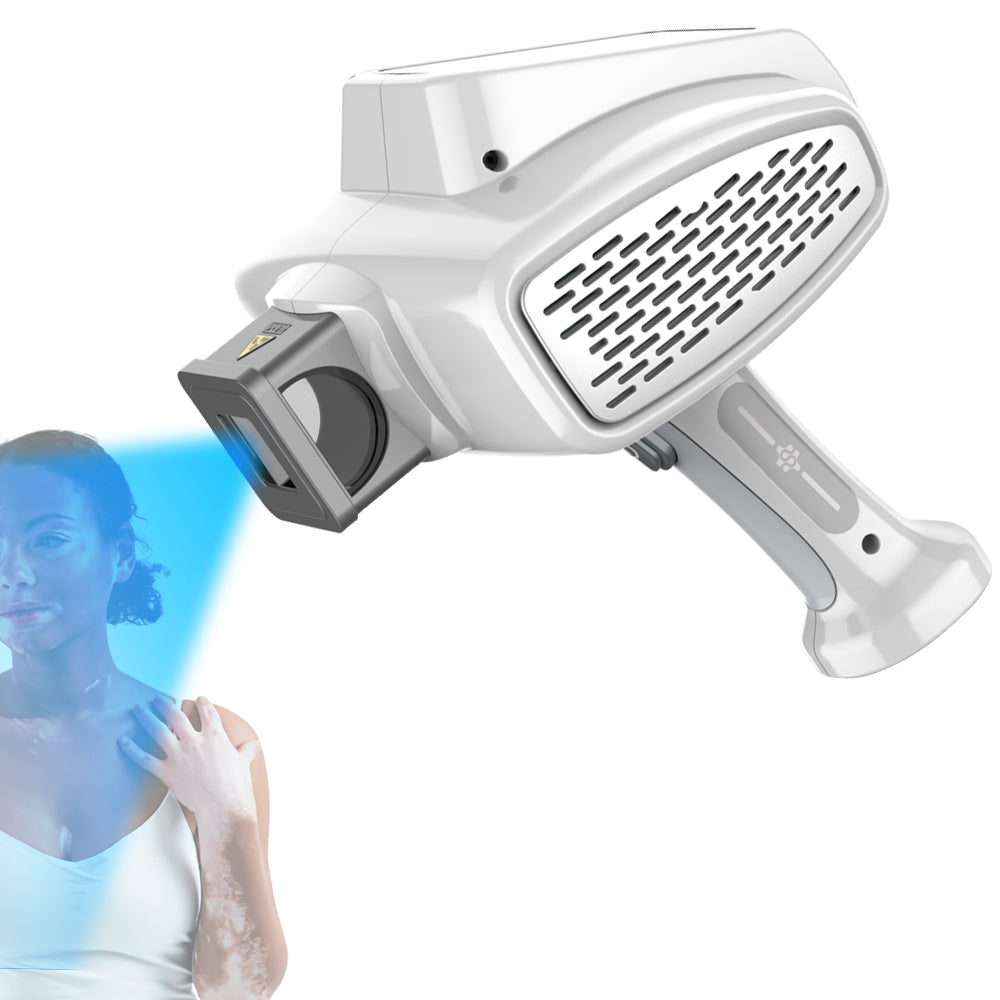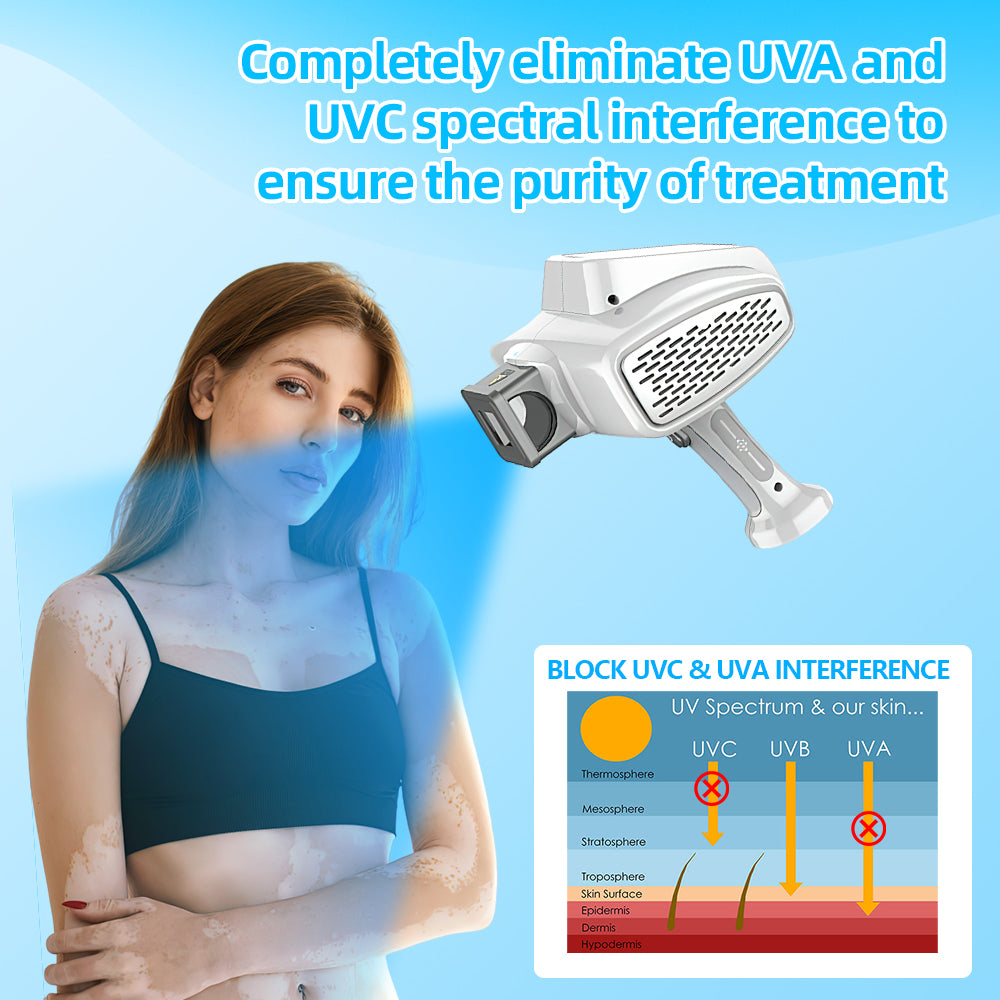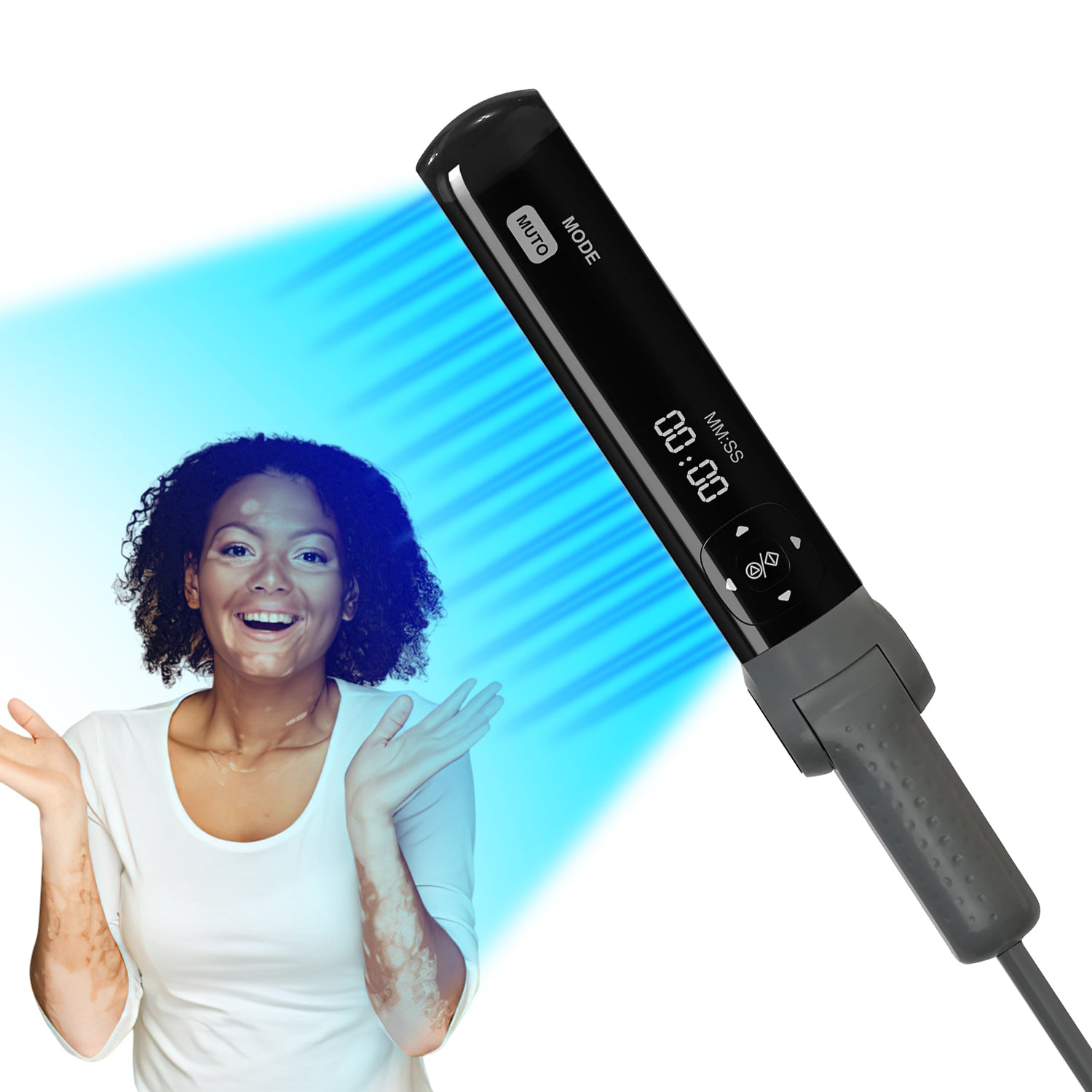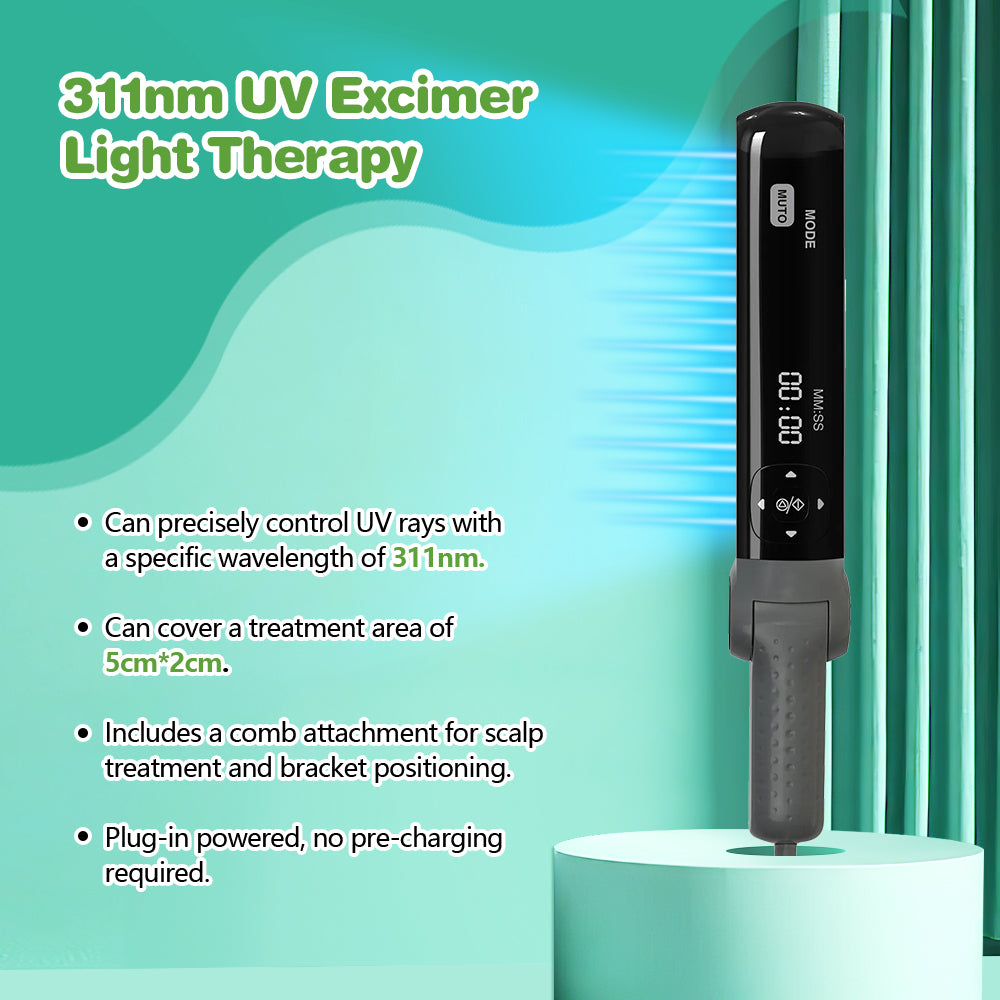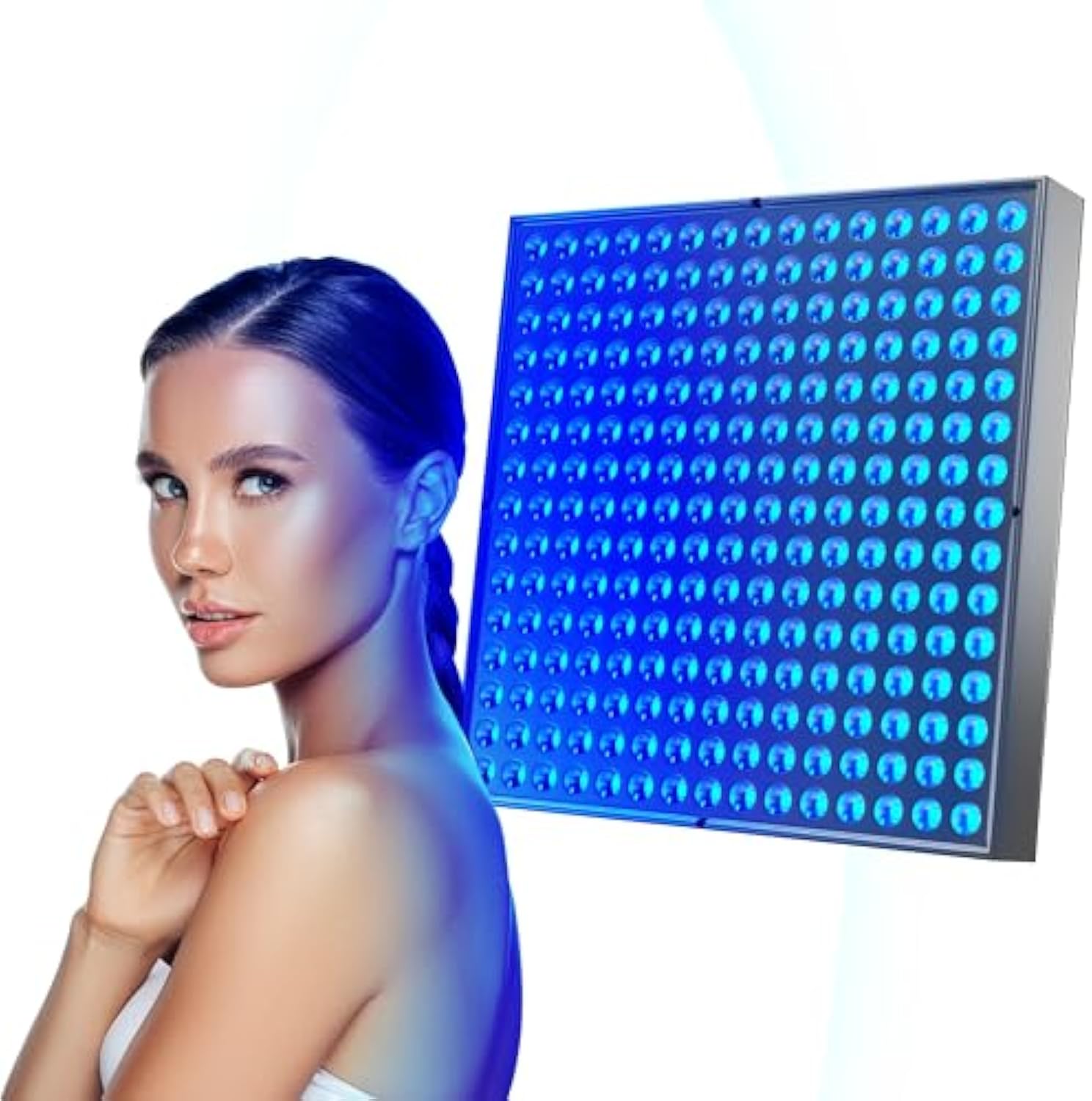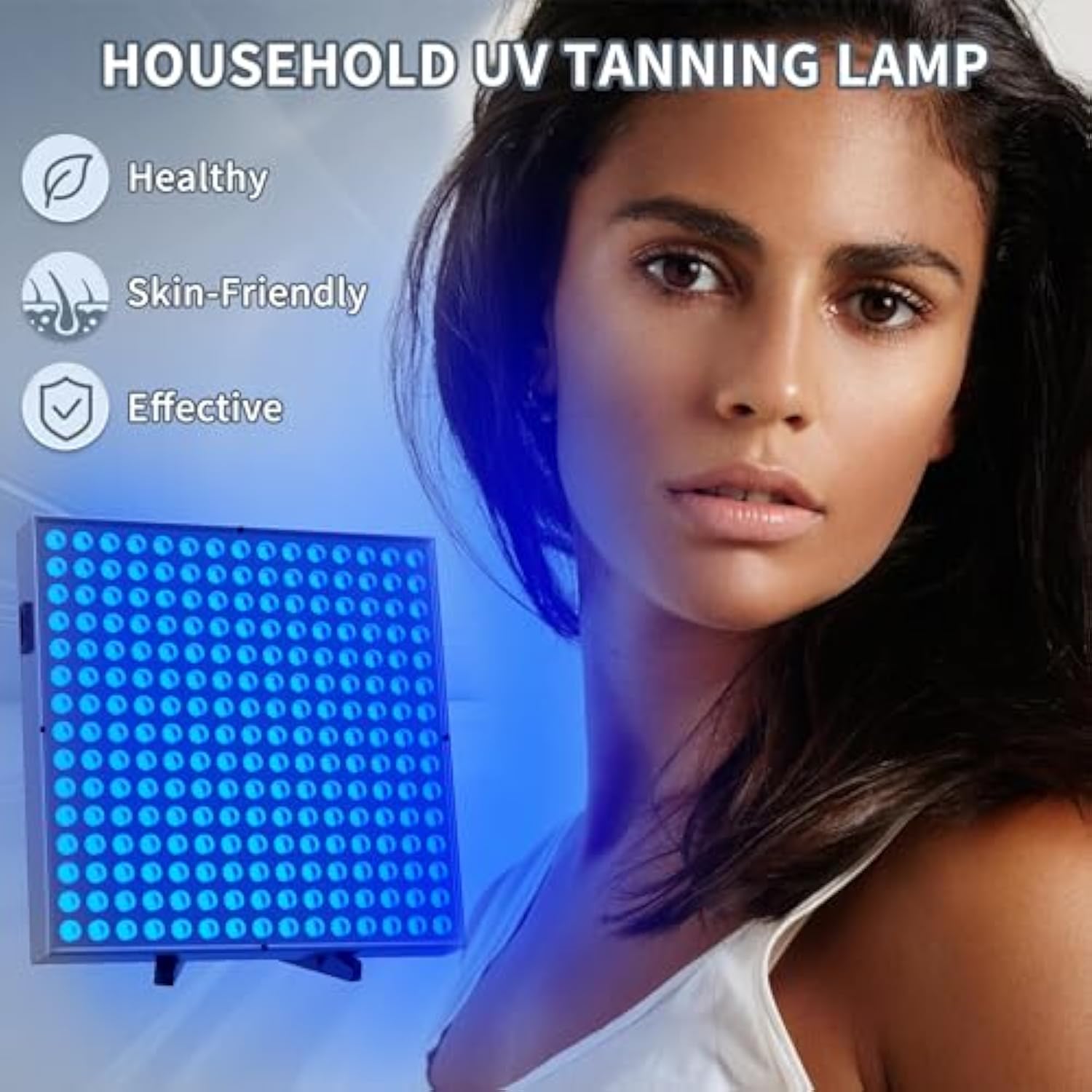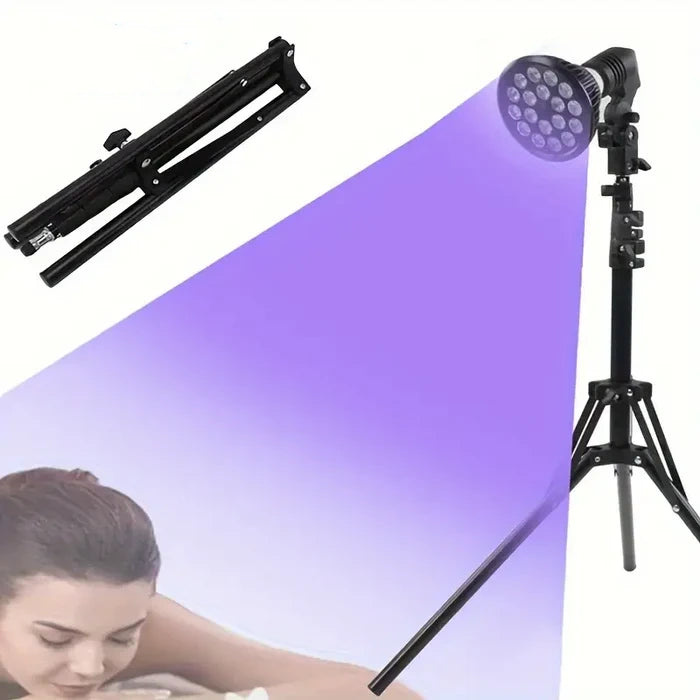Nails are a vital part of our daily lives, serving both functional and aesthetic purposes. Healthy nails not only look good but also protect the fingertips. However, many people struggle with cracking nails, which can be both unsightly and uncomfortable. One common cause of nail cracking is onychomycosis, commonly known as nail fungus. This article will explore why your nails might be cracking and how to identify and treat nail fungus, with a detailed look at laser treatment.
1. What is Nail Fungus?
Nail fungus, or onychomycosis, is a condition caused by a fungal infection of the nail. It typically manifests as discoloration, thickening, brittleness, cracking, and even detachment of the nail. Nail fungus not only affects the appearance of the nails but can also cause pain and discomfort, significantly impacting daily life.
2. Why Does Nail Fungus Cause Cracking?
Nail fungus leads to nail cracking for several reasons:
- Fungal Infection: The fungus invades and disrupts the nail structure, making it brittle and prone to cracking.
- Nail Thickening: Infected nails often become thicker, and the added weight makes them more susceptible to cracking.
- Discoloration: Infected nails turn yellow, brown, or white, and these discolored areas are often the weakest and most prone to cracking.
- Nail Separation: The internal structure of the nail loosens due to the infection, leading to layering and subsequent cracking.
3. Other Causes of Nail Cracking
Besides nail fungus, other factors can lead to nail cracking:
- Nutritional Deficiencies: Lack of vitamins and minerals (such as vitamin B, iron, and zinc) can make nails brittle.
- Chemical Exposure: Frequent contact with detergents, cleaners, and other chemicals can damage the nails.
- Mechanical Damage: Overuse of nails for tasks like prying objects or nail biting can lead to cracking.
- Dryness: Prolonged exposure to dry conditions can dehydrate nails, making them more likely to crack.
4. How to Identify Nail Fungus?
Early symptoms of nail fungus might be subtle, but as the condition progresses, nails can exhibit the following changes:
- Discoloration: Nails turn yellow, brown, or white.
- Thickening: Nails become noticeably thicker than normal.
- Brittleness: Nails become fragile and easily crack or crumble.
- Shape Changes: Nails may become deformed with uneven surfaces.
- Nail Separation: Nails may separate from the nail bed, and in severe cases, the entire nail may detach.
5. Treatment Methods for Nail Fungus
If you suspect you have nail fungus, it is important to seek medical advice promptly. Common treatments include:
- Medication: Oral antifungal drugs and topical antifungal ointments are commonly used. Typical oral medications include itraconazole and terbinafine.
- Laser Therapy: Laser treatments use heat to kill the fungus, offering a fast and effective solution.
- Natural Remedies: Options like tea tree oil and vinegar soaks can be used as supplementary treatments, though their effectiveness varies.
- Keep Feet Dry: Wear breathable shoes and socks and avoid prolonged exposure to damp environments to reduce the risk of fungal infections.
6. Laser Therapy for Nail Fungus
Laser therapy is an innovative and increasingly popular treatment for nail fungus. Here's a detailed look at how it works and its benefits:
- How It Works: Laser therapy involves directing focused beams of light at the infected nail. The laser's energy penetrates the nail and heats the underlying fungal material, effectively killing the fungus without damaging the surrounding tissue.
- Procedure: The treatment is typically performed in a doctor's office and takes about 30 minutes per session. Depending on the severity of the infection, multiple sessions may be required, usually spaced several weeks apart.
- Effectiveness: Studies have shown that laser therapy can be highly effective in treating nail fungus, with many patients experiencing significant improvement after a few sessions. It can be particularly beneficial for patients who do not respond well to traditional antifungal medications.
-
Advantages:
- Non-Invasive: Unlike surgical removal of the nail, laser therapy is non-invasive and does not require anesthesia.
- Minimal Side Effects: Laser treatment has minimal side effects compared to oral antifungal medications, which can cause liver toxicity and other systemic issues.
- Quick Recovery: There is no downtime after the procedure, allowing patients to resume their normal activities immediately.
- Cost and Accessibility: While laser therapy can be more expensive than traditional treatments, its effectiveness and convenience make it a worthwhile option for many patients. Some insurance plans may cover the treatment, so it's advisable to check with your provider.
7. How to Prevent Nail Fungus?
Preventing nail fungus largely depends on maintaining good hygiene habits:
- Regular Nail Trimming: Keep nails clean and at a manageable length to prevent fungal growth.
- Avoid Sharing Nail Tools: Use personal nail clippers and files to avoid spreading infections.
- Wear Breathable Shoes and Socks: Choose footwear that allows air circulation to keep feet dry.
- Public Hygiene: Wear flip-flops in public pools, locker rooms, and other communal areas to avoid direct contact with the floor.
Conclusion
There are many reasons why nails may crack, and nail fungus is one of the common culprits. By understanding the symptoms and treatment options for nail fungus, including the innovative laser therapy, you can better protect your nail health. If you frequently experience nail cracking, consider consulting a healthcare professional for a proper diagnosis and treatment plan. Maintaining good hygiene and lifestyle habits can effectively prevent nail fungus and other nail issues.
We hope this article provides useful information to help you understand and manage nail cracking. If you have further questions or need additional assistance, please reach out to a medical professional.




